Learn From Us
Starting With The Legendary Cripple Creek Gold Rush
Byway History
2021-01-01 | Gold Belt Tour Scenic and Historic Byway
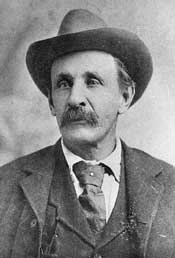 In 1890, cowboy and prospector Bob Womack discovered the rich gold ore that touched off the legendary Cripple Creek Gold Rush. The ranching country on Pikes Peak's western slopes was quickly transformed as prospectors flocked to the area.
In 1890, cowboy and prospector Bob Womack discovered the rich gold ore that touched off the legendary Cripple Creek Gold Rush. The ranching country on Pikes Peak's western slopes was quickly transformed as prospectors flocked to the area.
With the discovery of gold, it became a high priority to link the Cripple Creek and Victor Mining District to the cities of the Front Range and Arkansas Valley. Roads, and later railroads, carried construction materials, food, clothing, coal, ore and people to and from the District.
In 1892, Cañon City completed the Shelf Road, the first stage route linking the Arkansas Valley with the District. A trip along the Shelf Road took six hours upgrade and four hours downgrade. Tolls ranged from thirty cents for a horse and rider to $1.75 for a six-horse stagecoach. Soon after, Florence completed the Florence and Cripple Creek Free Road through Phantom Canyon.
In 1894, the Florence and Cripple Creek Railroad (F&CC) replaced that road. This narrow gauge railroad quickly became the major transportation link between the gold camps and the Arkansas Valley. Twelve stations were established along the F&CC Railroad grade to service the trains hauling coal and supplies upgrade and gold ore downgrade to Florence's smelters.
Tourists enjoyed visiting the bustling gold camps and several excursion trains ran daily along the "Gold Belt Line". The Hundley Stage Route, between Florissant and Cripple Creek, linked the District with the Colorado Midland Railroad and Colorado Springs.
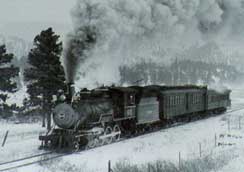
Today, Teller One between Cripple Creek and Florissant follows this historic stagecoach and wagon route. Over 500 mines in the Cripple Creek and Victor Mining District produced over 21 million ounces in gold exceeding the combined production of the California and Alaska Gold Rushes.
Towns sprang up on the mountainsides and in the gulches of the District. Cripple Creek, the financial heart of the District, boomed. Stockbrokers, stock exchanges, newspapers, engineering firms, boarding houses, restaurants, general stores and saloons are examples of Cripple Creek's thriving business sector in 1900.
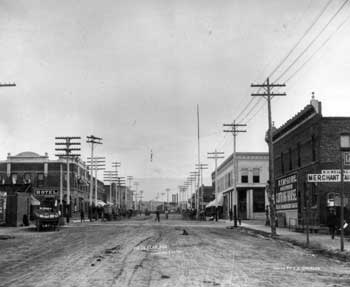 Victor, a "stone's throw" from the richest mines, housed many of the District's miners. The Wood brothers discovered the prosperous Gold Coin Mine in the heart of Victor while digging a foundation for a hotel. Just after the turn of the century, the District's gold production began declining.
Victor, a "stone's throw" from the richest mines, housed many of the District's miners. The Wood brothers discovered the prosperous Gold Coin Mine in the heart of Victor while digging a foundation for a hotel. Just after the turn of the century, the District's gold production began declining.
Today, the story of the Cripple Creek Mining District continues to unfold. Two economic endeavors limited stakes gaming and heap leach gold mining have renewed interest in "America's Greatest Gold Camp". Take a longer view of history by noticing the geologic features of the Gold Belt Tour. Today's landscape resulted from multiple episodes of mountain building alternating with periods of flooding by an inland sea.

The sandstone formations in Red Canyon Park and the limestone cliffs at the Shelf Road Climbing Area had their origins in sediment deposits beneath this inland sea. The remains of ancient plants and animals deposited during the flooding produced the rich coal and oil fields in the Arkansas Valley near Florence and the fossil beds at Garden Park and Indian Springs near Cañon City.
Closer to Cripple Creek and Victor, volcanic activity ending six million years ago shaped the landscape. One volcanic cone was nearly 15 miles wide and rose 6,000 feet above the surrounding hills before blowing its top. Look for Mount Pisgah and Nipple Mountain near Cripple Creek, both peaks were formed by volcanic activity. Two buried treasures were greatly influenced by volcanic activity.
Veins of gold telluride ore in the Cripple Creek Mining District rose near the surface along the edge of one of the volcanic caldera. Further north, volcanic mudflows and eruptions buried another treasure - plant and animal life of 35 million years ago - today's Florissant Fossil Beds National Monument.
Historic photos courtesy of Cripple Creek District Museum, Lowell Thomas Museum; Florence photo - Colorado State Historical Society via Bob Curzen of the Florence Citizen.
See More Articles

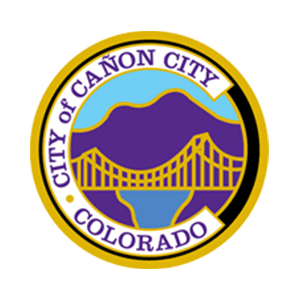
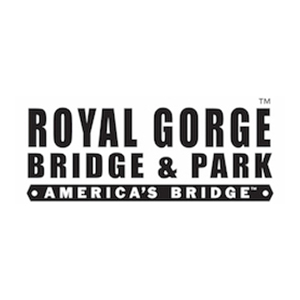








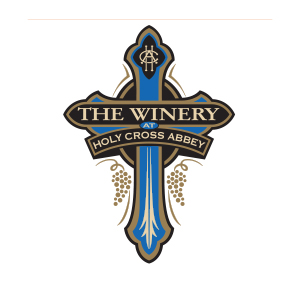






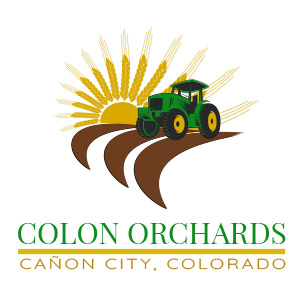





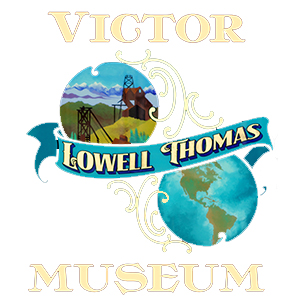

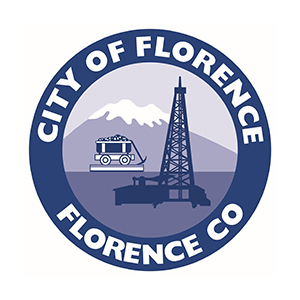
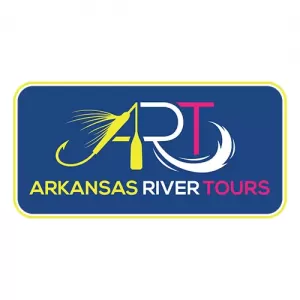
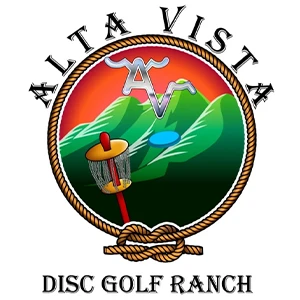
Contact Us